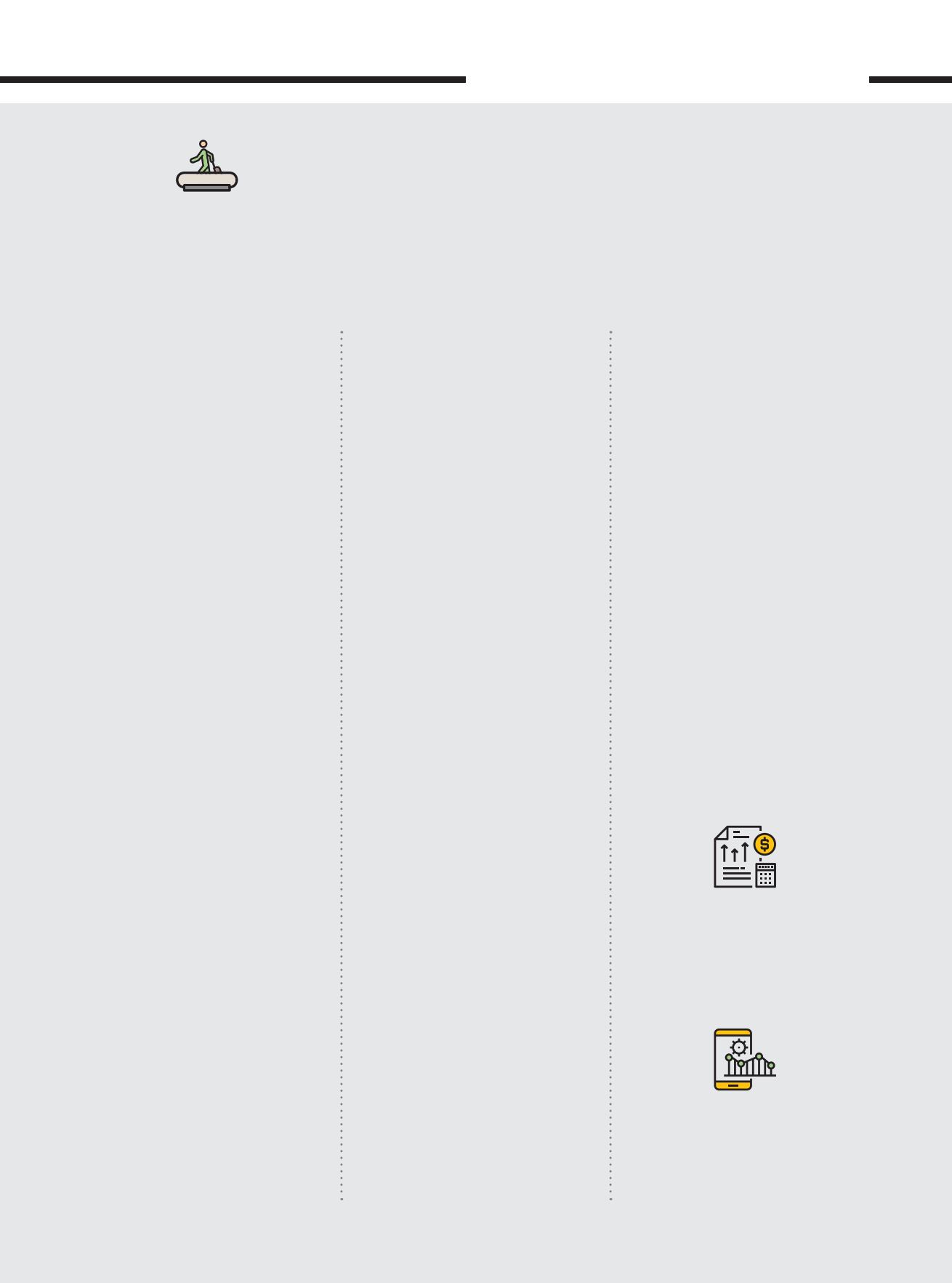

AirAsia Malaysia is ‘the original’ AirAsia. It
is here that our story began, and continues
to unfold. It was AirAsia Malaysia’s
successful growth, from a two-aircraft
outfit into the leading airline in the country
it is today, that proved we had got it right
with our low-cost model, and gave us the
confidence to replicate it in other AirAsia
airlines across Asean, and now, Asia.
AirAsia Malaysia not only opened the path
to developing AirAsia as an Asian brand,
its network – now comprising 116 routes
worldwide – has continuously fuelled the
growth of our associate airlines. When
guests book a flight on AirAsia Thailand or
India, or indeed any one of our associates,
an extensive web of destinations is
immediately opened to them through
the AirAsia Group within which AirAsia
Malaysia is still the clear leader.
And this network continues to grow. Just
in 2017, while other airlines in the country
were cutting back on their capacity, AirAsia
welcomed seven new aircraft and put
them to use on 16 new routes, of which no
less than 14 are unique. A key focus was to
strengthen its connectivity within AirAsia’s
core markets, namely Asean, China and
India, not only from Kuala Lumpur but
also secondary hubs such as Langkawi,
Johor Bahru and Kuching. Johor Bahru
was linked with Macao and Kolkata (India);
Kuching and Langkawi with Shenzen
(China); and Kuching, additionally, with
Pontianak (Indonesia). Within Malaysia
itself, two of the three new skybridges
connect the Peninsula with East Malaysia,
enhancing unity between east and west.
Supporting the government’s ambition to
grow Langkawi as a leading international
tourist destination, AirAsia Malaysia
made the island its latest hub in 2016,
and has been increasing its connectivity
since. As a result, direct international
tourist arrivals have grown 12% from
5.74 million passengers in 2016 to 6.43
million as at end 2017, with AirAsia
Malaysia contributing to a large number
of this. AirAsia Malaysia now flies to three
international destinations from Langkawi:
Shenzhen, Singapore and Guangzhou.
Domestically, it has four routes into
Langkawi, from Kuala Lumpur, Penang,
Johor Bahru and Kuching. Via Fly-Thru,
meanwhile, we connect Langkawi to 15
countries including Vietnam, South Korea
and Taiwan.
Although Langkawi has been in AirAsia
Malaysia’s spotlight, other destinations
in the country have not been neglected.
Not only is the airline creating more
international links from its secondary
hubs, it is also deepening the domestic
network which, indirectly, enhances
tourists’ access to smaller cities.
Reaffirming its commitment to promote
tourism generally across the country,
in May, AirAsia Malaysia signed an
agreement with Tourism Malaysia
to promote Malaysia to all 10 Asean
countries as well as China, Japan, South
Korea, India, Sri Lanka, Bangladesh, Nepal,
Maldives, Saudi Arabia, Iran, Australia
and New Zealand. The same month, a
separate agreement was signed with the
Terengganu State Government to help it
attract 5.5 million tourists in 2017.
Initiatives such as these contributed to
AirAsia Malaysia winning yet another slew
of awards, including the coveted “World’s
Best Low Cost Airline” from Skytrax – for
the ninth year running. They also helped
the airline to increase its load factor by
two percentage points to 89%. Together
with an 8% increase in capacity and 9%
increase in revenue from ticket sales from
RM4.4 billion to RM4.8 billion, it meant a
significant revenue enhancement, which
grew 8% to RM6.44 billion.
With seven new aircraft to be delivered
in 2018, AirAsia Malaysia is set to expand
even more both domestically and in its
key markets. Already, in February, it
increased the frequency of several local
routes, including Kuala Lumpur to Bintulu,
Labuan and Penang. On the international
front, it seeks to create more skybridges
to lesser-known Tier 3 cities, introducing
Malaysians (and Asians more generally) to
more hidden gems within the region.
At the same time, as the airline enhances
its digital systems, guests can expect
an even better and smoother travel
experience, from more effective booking
and selection of ancillary services, to the
check-in and boarding process, inflight
service and disembarkation. AirAsia
Malaysia will continue to mine Big Data
to understand our guests better and
anticipate their needs at every point of
their interface with the airline. A number
of digital solutions are also in the pipeline,
such as BigPay, a cashless payment
system; and Travel360.com, an interactive
and personalised online magazine
through which guests can learn about
and book exciting tours and other travel-
related deals.
Its digital platform, moreover, will be
extended to all other associate airlines
to facilitate the creation of One AirAsia.
This forms the next big step in the AirAsia
journey, one that our Malaysian airline
will once again lead.
Setting theStage
forOneAirAsia
DIRECT TOURIST
ARRIVALS
+12
%
REVENUE
RM6.44
BILLION
NET PROFIT
RM1.67
BILLION
[ ]
AirAsia Group Berhad
BUSINESS REVIEW
111


















